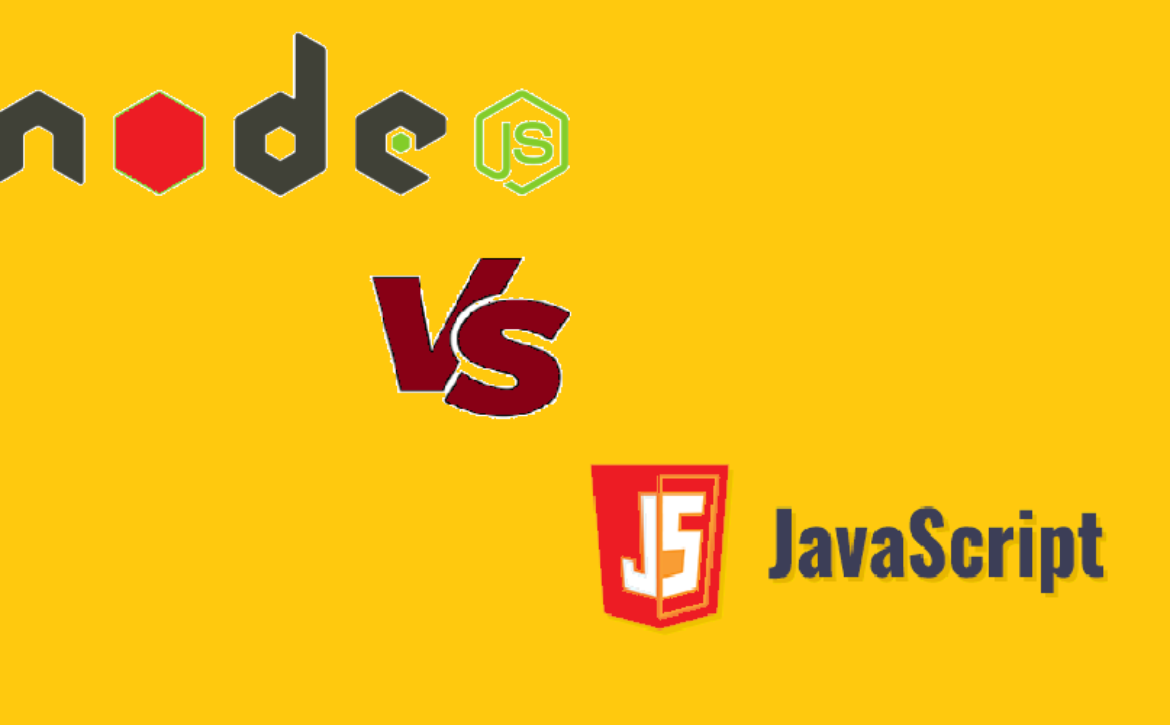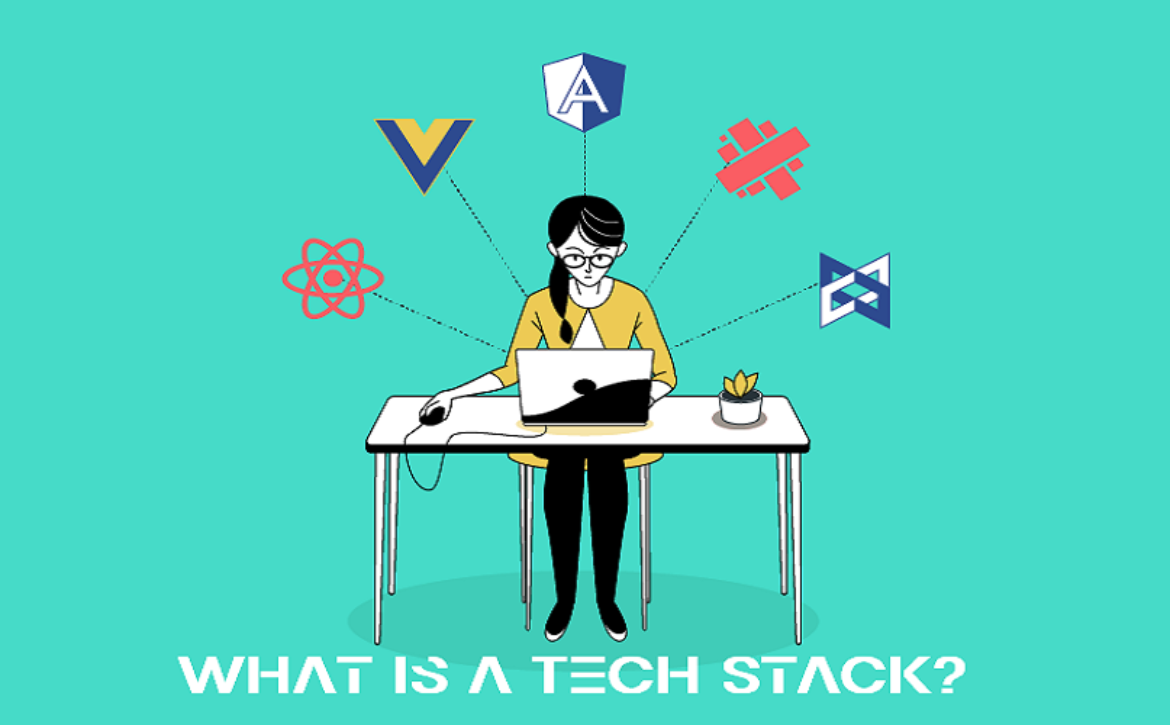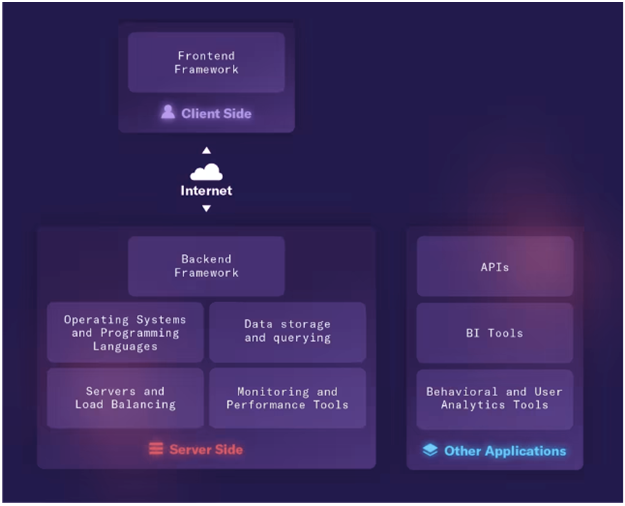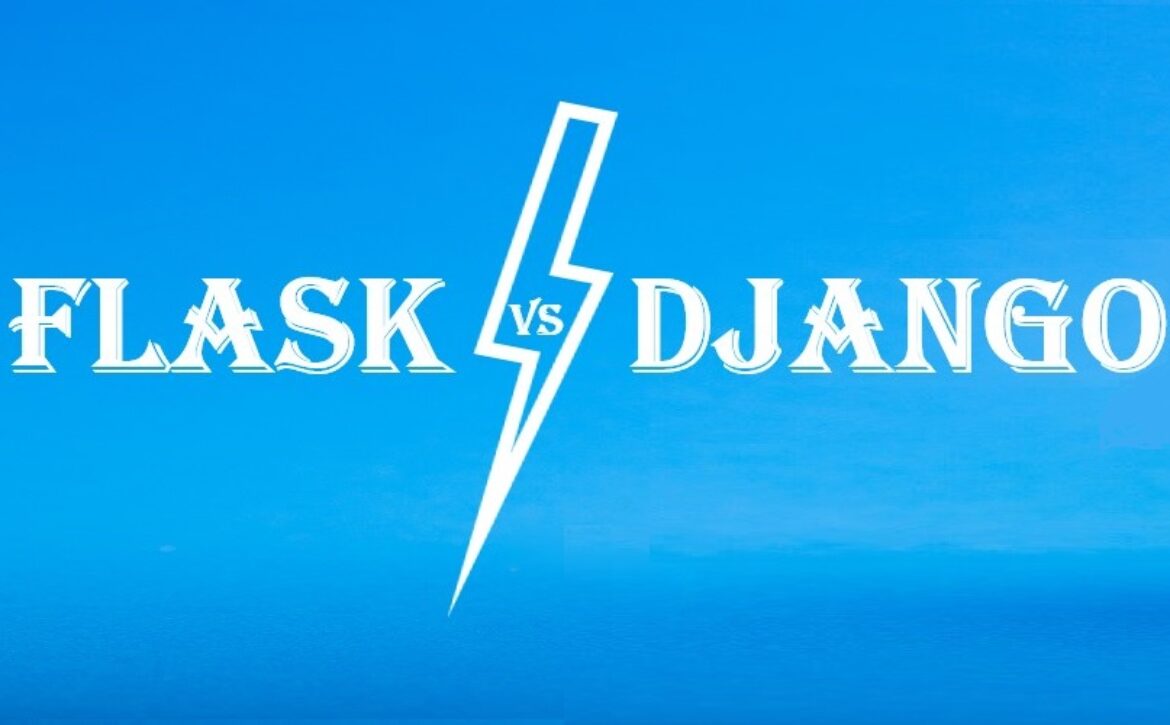10 Generative AI Use Cases That Will Transform Your Business
A kind of machine learning technology known as generative AI learns to produce new data from training data. By automating and carrying out some operations with previously unheard-of speed and efficiency, generative AI development company have the power to completely change the way businesses operate.
This is especially true when human inventiveness and skill are combined with a thorough understanding of how to use these programs and efficiently utilise their potential. But before they can reach their full potential in a way that is responsible, reliable, and secure, it will take time and human expertise. It’s crucial to build a set of internal procedures and controls that everyone in your organisation must abide by if you’re thinking about deploying generative AI.
Understanding Generative AI
———————————
Content generators, information extractors, intelligent chatbots, language translators, and code generators are the five broad types of generative AI applications.
- Content generators: These tools produce material such as blog entries, emails, social media postings, photos, web copy, and advertisements.
- Information extractors: These programs may produce short- and long-form summaries of articles from blogs, newspapers, and other publications and legal documents. They are employed by some businesses to create and evaluate legal papers.
- Smart chatbots: Businesses are employing these automated customer service agents more and more. The conversational chatbots may respond to follow-up queries, acknowledge errors, refute false beliefs, and reject improper requests.
- Language translators: Transnational innovations capable of translating many languages include language translators. They could create whole website user interfaces, including translation.
- Code generators: Generative AI models may turn plain-text inputs into short pieces of code or whole programmes. These models can generate code in a variety of programming languages, find faults, and identify fixes with just a simple description or brief programme function input.
A chatbot named ChatGPT was taught to follow directions from people. With 500 billion tokens (words or word fragments) and more than 1 million datasets, its original underlying large language model, GPT-3.5, contained 175 billion parameters.
To ascertain the relevant and efficient use of generative AI development applications, it is essential to establish safe usage policies within your organisation. As the human in the loop contributes special insights and comprehension that generative AI technology alone can’t mimic, your organisation should also upskill its employees. Generic AI models can write emails, create graphics and videos, and summarise articles. Some generative AI models that have been trained by humans have the conversational abilities to, for example, admit mistakes, dispute false assumptions, and filter out or reject improper requests.
Potential prospects and use cases
———————————
Marketing
Marketing applications that might be used include: streamlining campaign language and identifying alternative word alternatives that work effectively in other languages. a large-scale localization of marketing communications exchanging local discussion data with the model, which aids in localising international marketing. Reducing complicated information Learning the fundamentals of, say, financial due diligence will help you understand and organise material so you can create a powerful marketing campaign.
Operations
When it comes to operations, they may assist with sustainability and ESG reporting, contextualising ESG data, and assisting reporting operations, such as developing plain-language statements outlining ESG objectives. Management of online events coordinating the administration of the event by creating the invites, planning the sessions, and responding to queries from attendees. streamlining corporate operations From writing letters and creating proposal requests to doing a competition analysis and conducting market research to assure knowledge, everything in between.
IT operations
They might be utilised for LMM-based knowledge management systems in the IT operations sector. collecting data from several data source types. Then, to look for certain things, this data may be queried. Self-service IT assistance giving staff help instructions created by conversational AI chatbots to handle IT system issues. Creating or evaluating code checking code to make sure it functions properly or converting code from one function to another, such from Python to SQL.
Logistics
They might help in the area of finance and logistics by categorising and confirming payments and sieving through enormous amounts of data to assist organisations in making tax contributions accessible to the public. Creating and examining contract language Contracts are reviewed, possible conflict-of-interest provisions are highlighted, and terms and conditions are written to speed up the contracting process.
Human resources
Possible applications in human resources include Choosing the best candidates involves training generative AI models on job descriptions and pertinent skill data. Self-service software implementing chatbots that can answer HR questions and offer knowledge in a human-like manner.
Metaverse
In the metaverse, making realistic 3D objects costs money and takes time. Using text to image or voice, 3D sceneries built from 2D images, or even sound effects, generative AI may create 3D assets.
Video creation and virtual reality
Additionally, it can produce human faces and offer metaverse avatars more lifelike features. Generative AI can design films, build them, or even make customised product videos for e-commerce websites. In the future, businesses can use it for live-streaming applications like automatically captioning live video or virtual assistants. Many companies in this sector are increasingly concentrating on business clientele.
Audit
On the audit and compliance front, they could support automating the review of audits automating, fact-finding for audit submissions, and thorough audit reviews based on query formats. Examining the need for independence and assessing the requirements for independence in audit engagements to assist in streamlining the approvals process for independence certification.
Legal
The following are options for legal and organisational governance: providing individualised independence recommendations for investments and enabling organisations to use chatbots to provide individualised responses to inquiries about independence. Displaying source information and citations and locating pertinent legal citations and case studies might assist in determining reliable sources.
Data security
Generative AI may educate people about the major hazards specific vulnerabilities provide, assisting them in writing the right scripts or comprehending how threat actors can strike.
IT, audit, human resources, operations, and other corporate areas may use generative AI models. As you examine these use cases,take into account that there are jeopardies involved despite the numerous advantages that generative AI offers. A large part of ChatGPT’s explosive growth in popularity is due to the fact that anybody can use it, including those without technical skills. Its quick user expansion—100 million as of February 2023—illustrates how eager people are to adopt the technology. Additionally, a chatbot’s underlying AI might get more refined the more users it has.
Concluding remarks
Researchers have already seen a rise in international rules as global understanding of AI advances.In some cases, it’s as yet important to utilise a generative AI development company to understand the maximum capacity of this disruptive innovation. Huge multimodal models like ChatGPT produce replies that resemble those of humans. They lack the capacity for human-like thinking, though.
Users must use these programmes’ AI capabilities in appropriate use cases for them to be trusted, and your company should train staff on how to utilise these tools. Using trustworthy data sources to train AI models and implement pertinent bias and content filters is equally critical. Another reason we advise responsibly creating and implementing AI if your organisation wishes to safeguard itself against abuse is the rising popularity of generative AI.



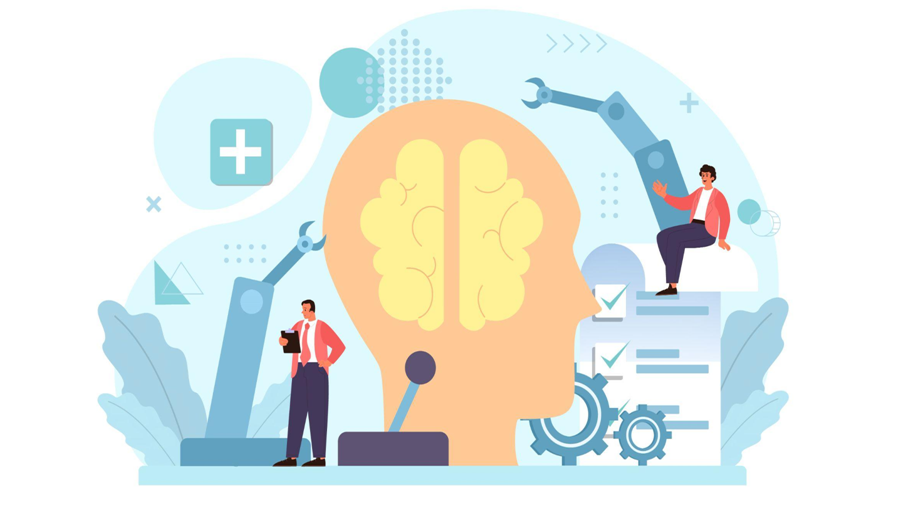 Innovation and creativity are crucial to any organization’s success, and generating new ideas is at the heart of the design thinking process. However, there must be a balance between the pressure to compete and the freedom to explore new ideas.
Innovation and creativity are crucial to any organization’s success, and generating new ideas is at the heart of the design thinking process. However, there must be a balance between the pressure to compete and the freedom to explore new ideas. 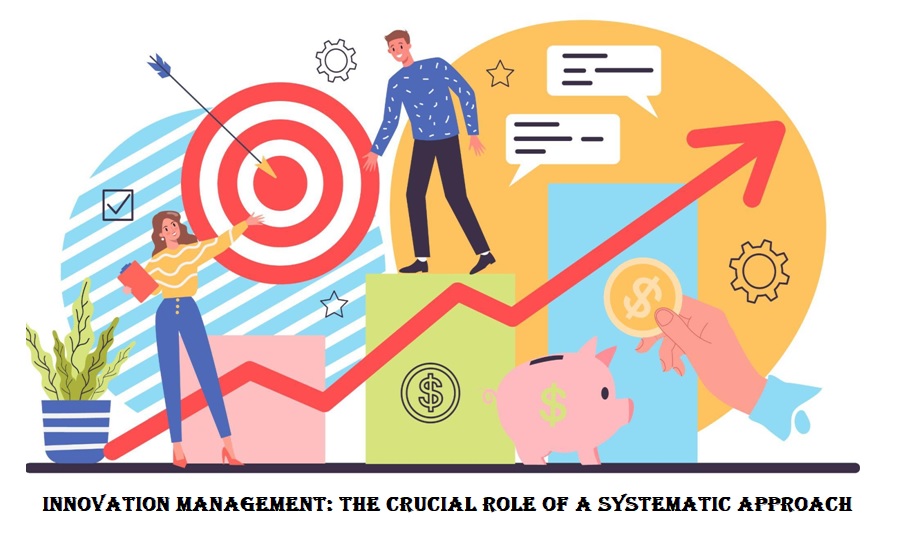 Innovation management manages new ideas, from ideation to execution, and measuring success. To ensure successful tech innovation, a systematic approach is crucial. This involves implementing an innovation management system, which provides a guiding framework for all organizations looking to strengthen their innovation capabilities.
Innovation management manages new ideas, from ideation to execution, and measuring success. To ensure successful tech innovation, a systematic approach is crucial. This involves implementing an innovation management system, which provides a guiding framework for all organizations looking to strengthen their innovation capabilities. 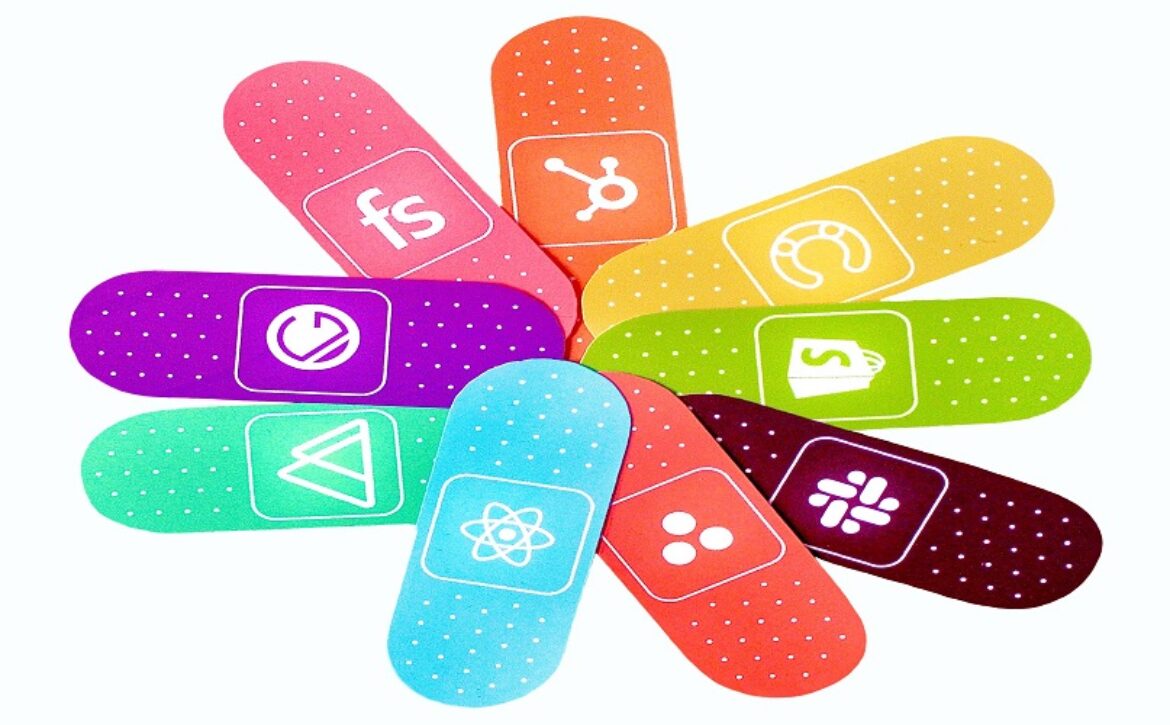

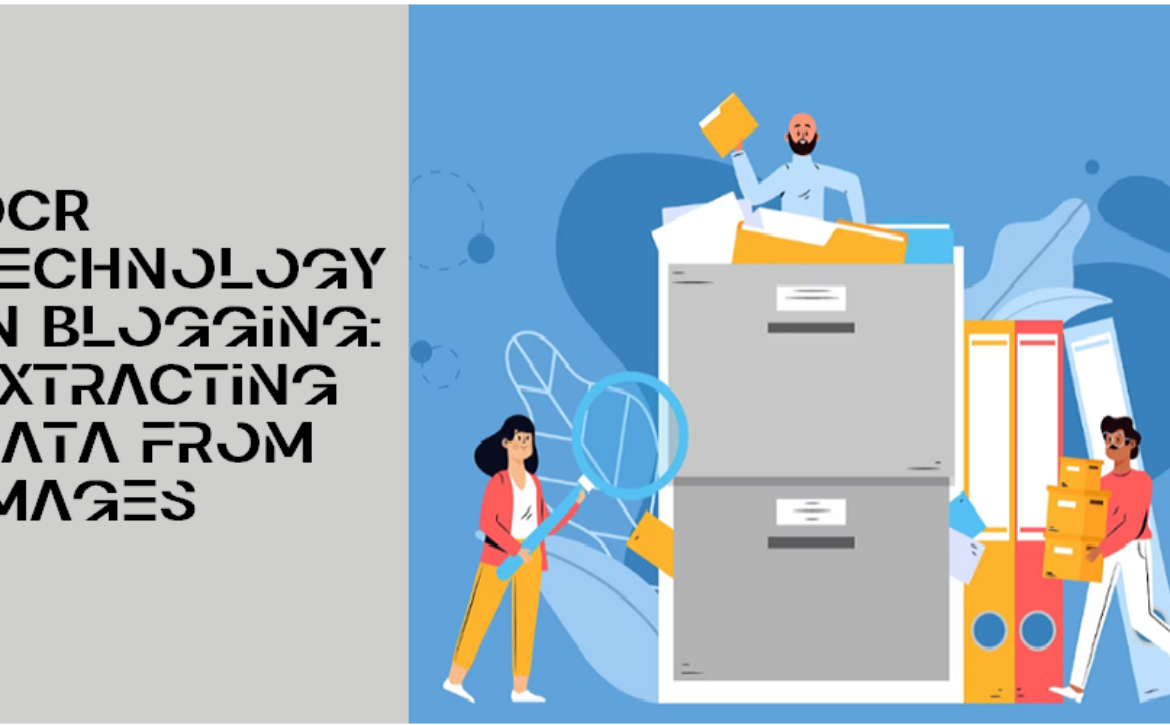
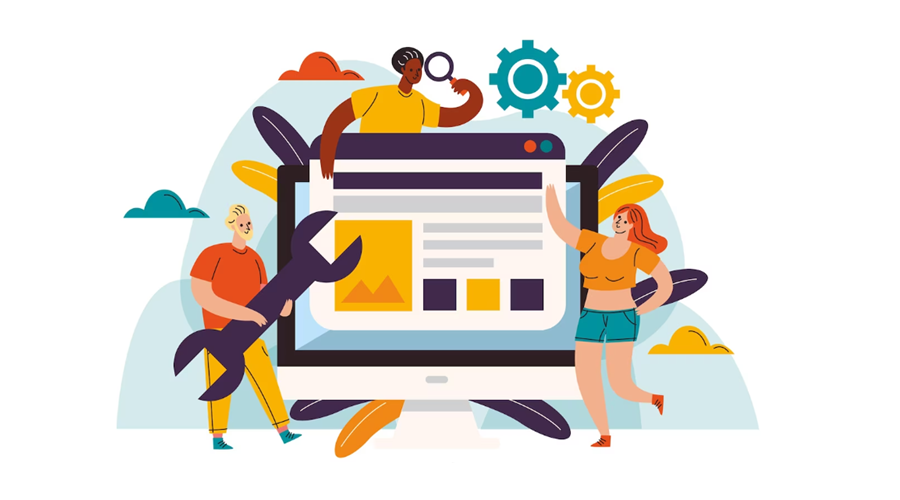 Challenges of OCR Technology in Blogging
Challenges of OCR Technology in Blogging
 Go through your website translation options
Go through your website translation options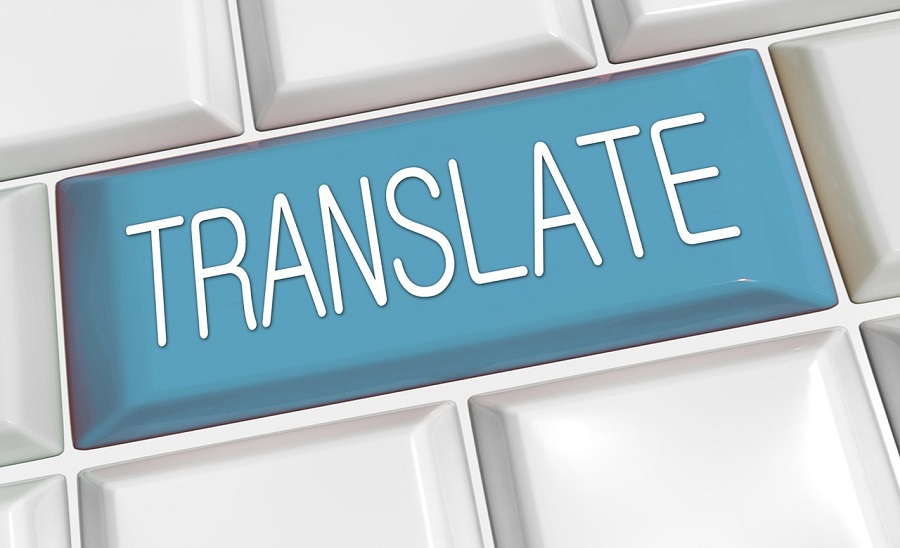 Don’t forget to optimize your translated content
Don’t forget to optimize your translated content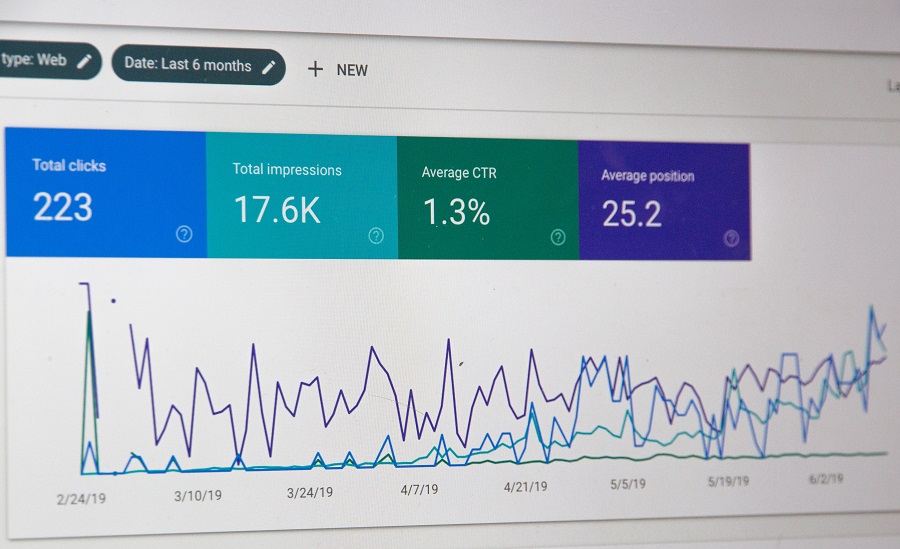 Specify which of your media will require translation as well
Specify which of your media will require translation as well